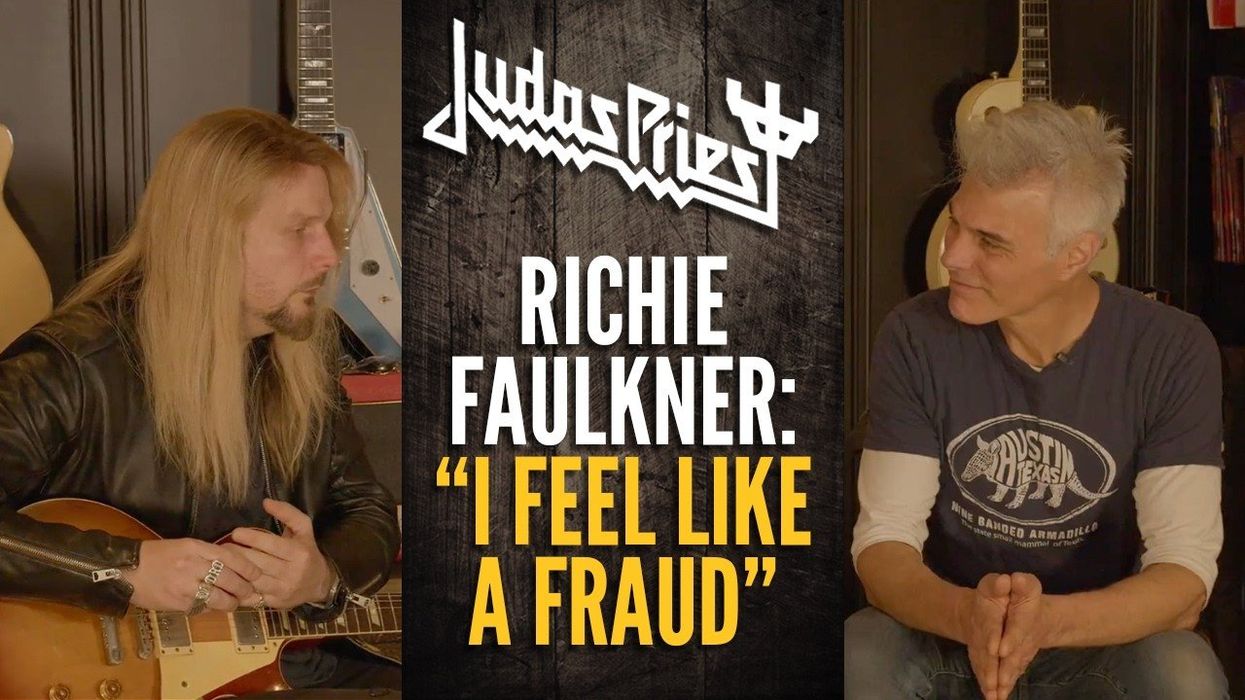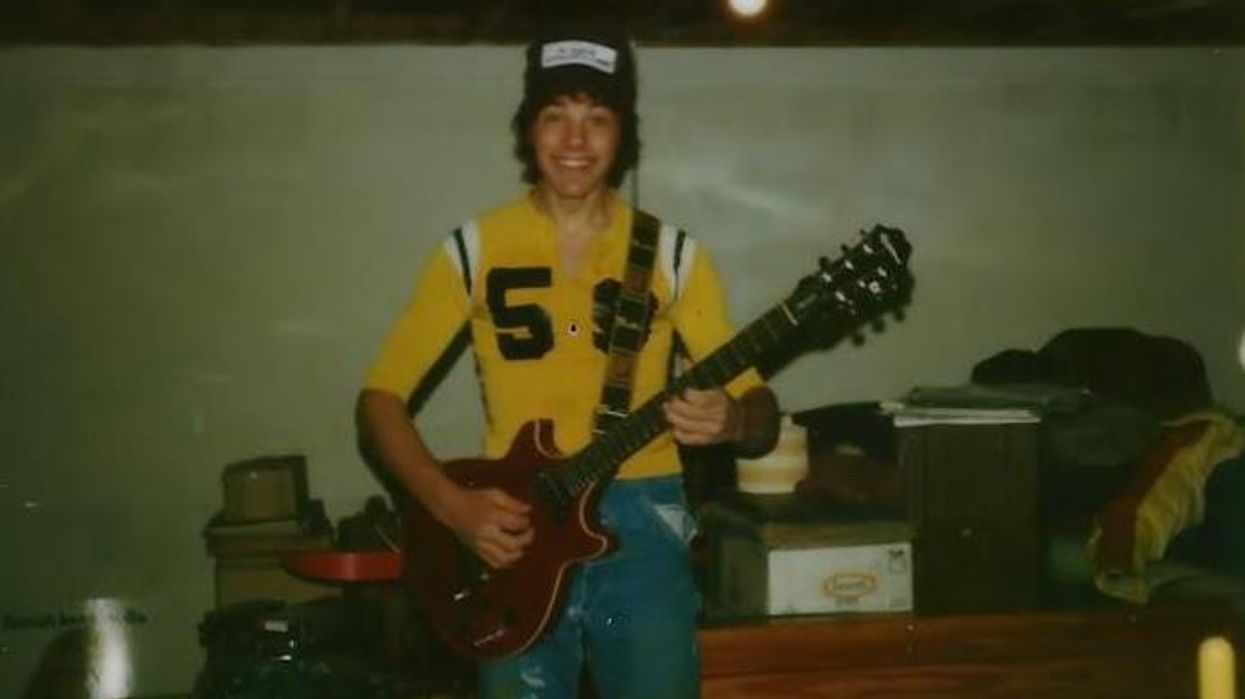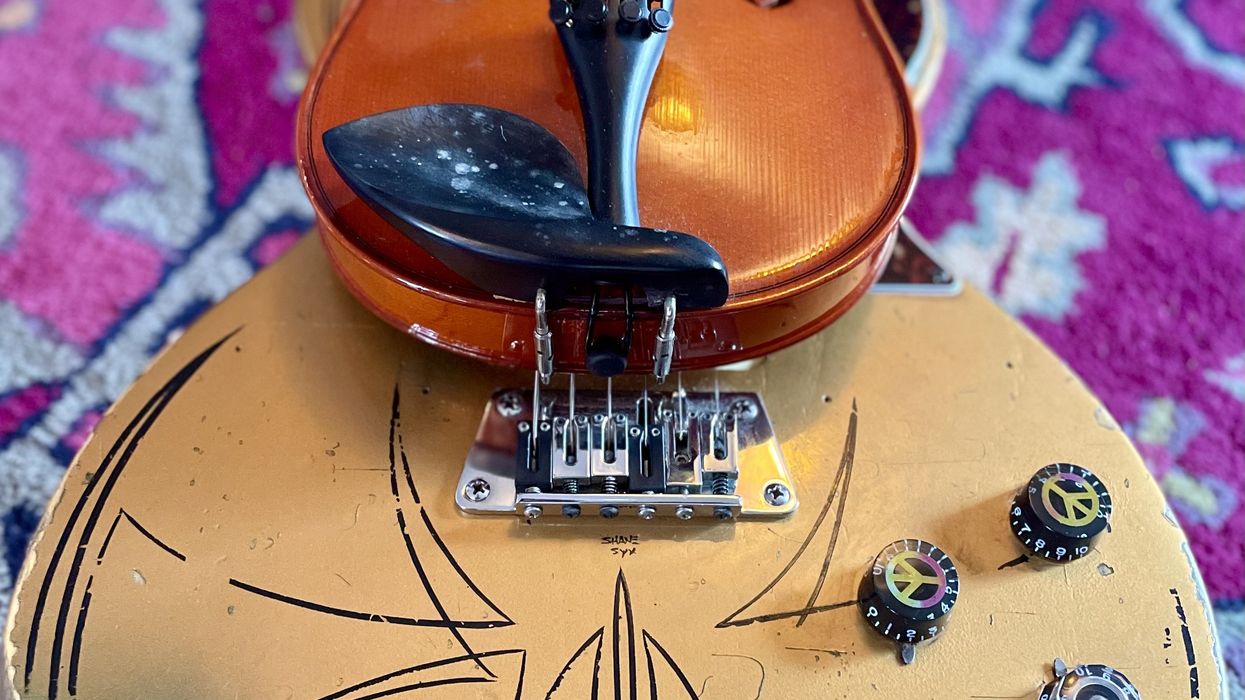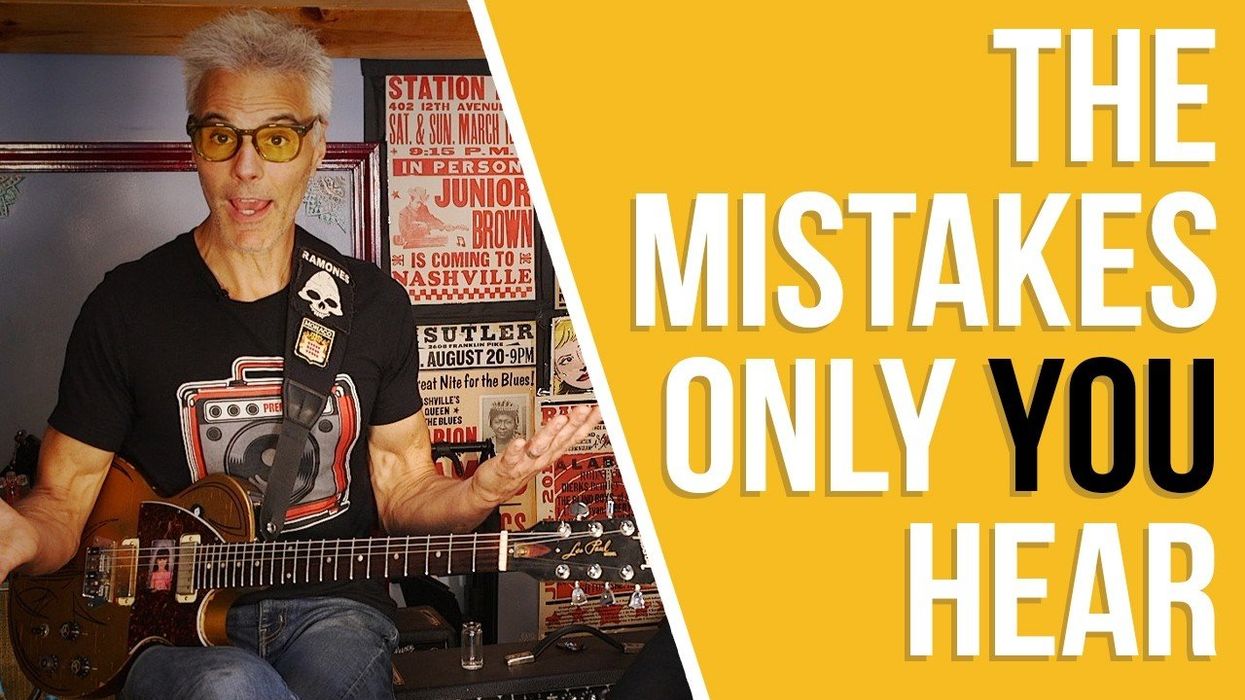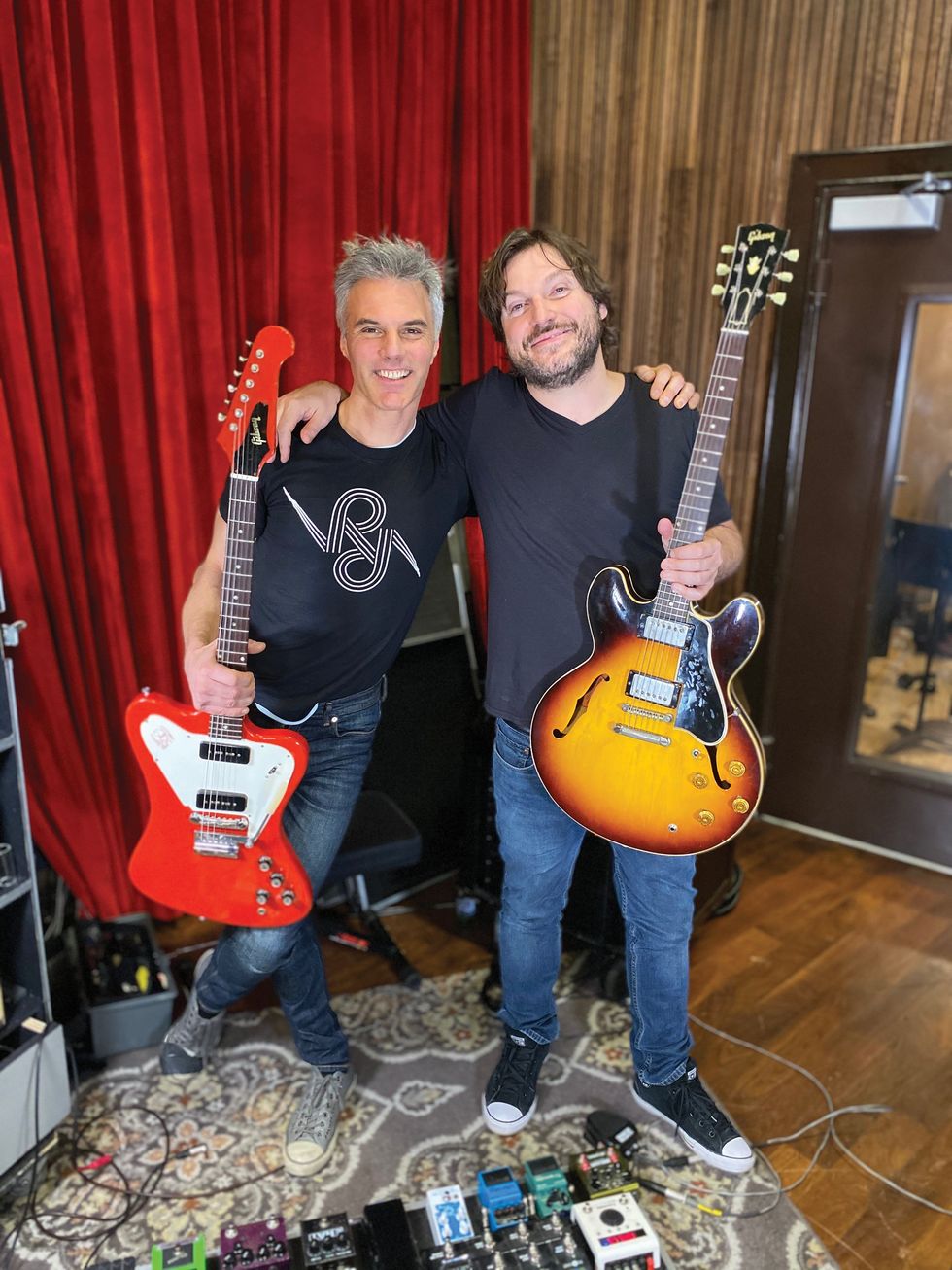Last month, I delved head first into the technical and spiritual benefits any musician can reap by learning the basics of reggae bass. Long before I even picked up a bass, I was smitten by reggae after hearing it come through the wall of my older brother’s bedroom, and from that point on there was no turning back from my love and appreciation for the genre. Even though I don’t get the opportunity to play it in a band setting very often, I feel like I get a “bassist realignment” of sorts every time I play reggae lines. They’re just so incredibly void of any embellishments or unnecessary notes. This month I’m going to discuss a few lines that really encapsulate the deep, round groove that people all over the world love so much, no matter their home’s climate or latitude.
The 16th-note feel: “Buffalo Soldier.” First up is one of the big Bob Marley hits. This song is a good entry point into the reggae world because the bass is playing a lot of downbeats, like most other genres. The intro has a delicious island feel even though the bass is simply playing 16th-notes on the root note, which is A. By “island feel,” I mean the notes are played neither straight nor swung, per se. Playing along to this intro while intently focusing on getting the right amount of “slop” in the part is both fun and challenging.
The verses have a pattern where the 16th-notes are split up into groups of three and two. Playing the notes in that fashion provides the song a forward-propelling feel while still giving the groove a little air to breathe. After two repetitions of the pattern on beats 1 and 3 of the measure, the phrase turns around with a nice little descending line consisting of F#, E, and C# over the F#m chord. The very feel and note selection in this bass line is a hook to me.
The pickup notes: “Jamming.” While we are on a downbeat-centric feel, this Bob Marley song features 16th-note patterns and starts with quarter-notes to loosely double the piano in the intro. To get those quarter-notes in a nice place in the pocket and not rush them is a good exercise. The challenge is in making sure the groove feels fat—not rigid or stiff at all—especially since more instruments are hinting at the same part.
The verses of this song contain another seemingly simple pattern worth examining: an eighth-note pattern in groups of three that plays the eighth-note right before the downbeat of each measure (the “and” of 4) and the following two eighth-notes. The next group of three is right before beat 3 (“and” of 2) and the following two eighth-notes. This verse offers a simple but effective use of pickup notes.
Look ma, no downbeats: “Stop That Train.” This Peter Tosh tune is “two-drop” reggae, which means the kick drum is only played on beats 2 and 4 of every measure. The cool thing here is that we are leaving the downbeat completely open and thereby making our way into heavier reggae territory. The bass tone on this song is so thick you can barely discern the pitch. It’s also very upfront in the mix and at a level that only this genre seems to get away with. What’s also noteworthy about the bass part is that not only is beat 1 left empty, but so is the last eighth-note of every measure. This leaves the middle of every measure with all the action, since we’re omitting downbeats.
The power of doubling: “Positive Vibration.” This Bob Marley song has the bass line doubling the actual vocal melody note-for-note in the choruses. (Or maybe it’s the other way around, with the vocal doubling the catchy bass line!) This is another great example of how reggae operates a lot like old Motown records, in that the bass line mustbe good enough to be the main hook of the song. Simply said, the feel of the chorus in “Positive Vibration”is greasy and, well, absolutely amazing. To get into the true spirit of this chorus, following the vocal feel more than the drums is a good trick.
The guitar doubles the bass in the verses of this song, and the guitar is a thin Stratocaster-single-string sound completely void of low end. It essentially just adds a little click sound to the very bottom-heavy bass line. This treatment makes the monotonous bass line more defined and almost more menacing. It’s quite similar to the method common on old country records, which you may know as the “tic-tac” technique.
There are hundreds of songs in this genre that teach us the value of simplicity, repetition, and feel as bassists. Reggae is a style of playing that makes us put our egos aside to, a large degree, and just groove. Reggae also makes us play big, important notes that are featured in often-well-crafted parts. There is way more to it than just jammin’, man!




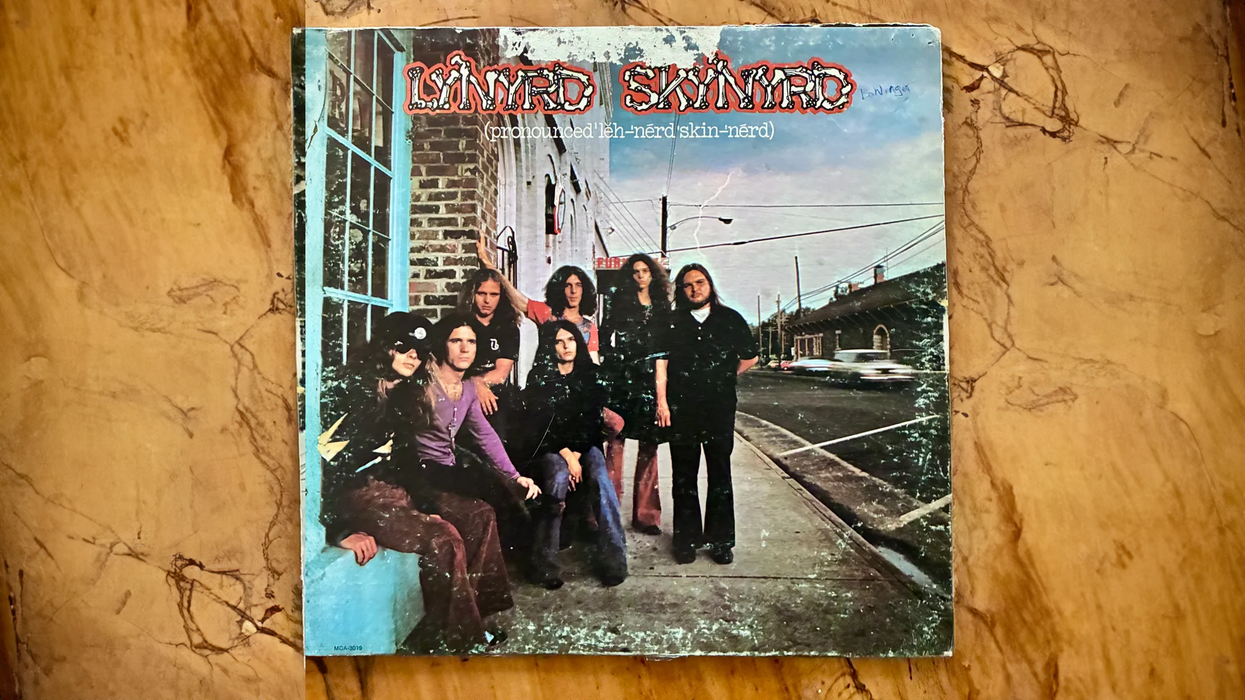

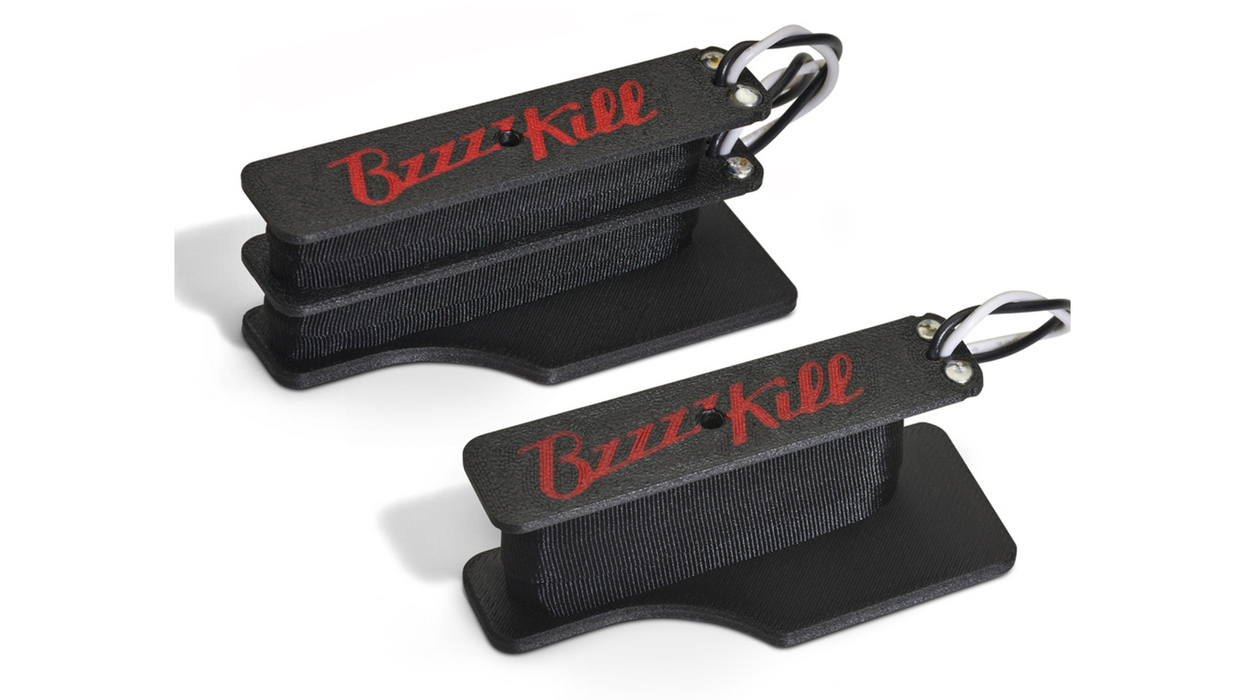
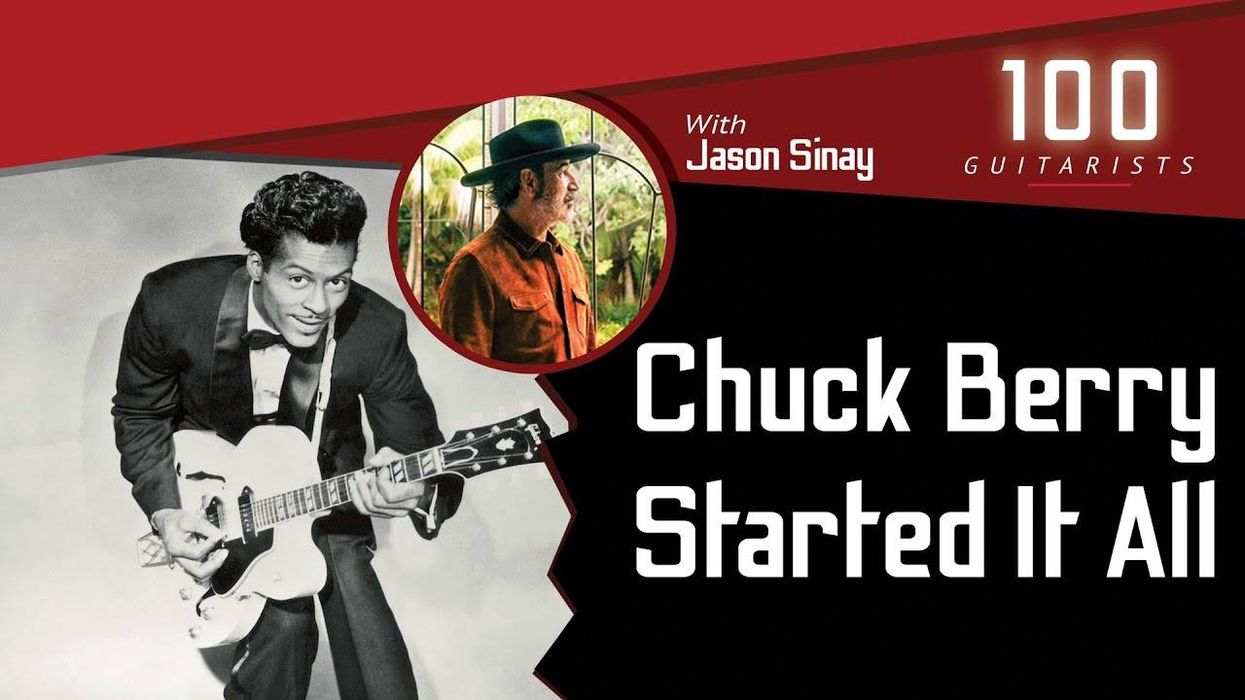




![Rig Rundown: Russian Circles’ Mike Sullivan [2025]](https://www.premierguitar.com/media-library/youtube.jpg?id=62303631&width=1245&height=700&quality=70&coordinates=0%2C0%2C0%2C0)


